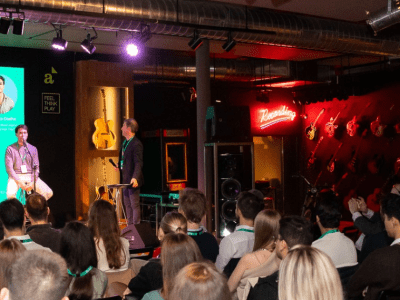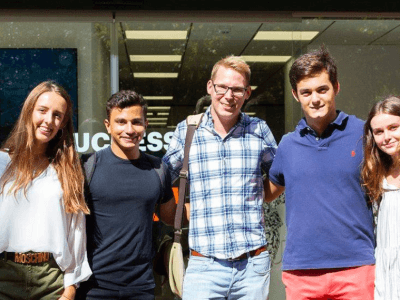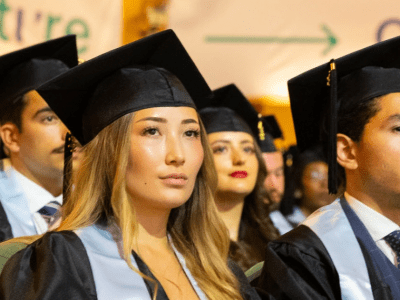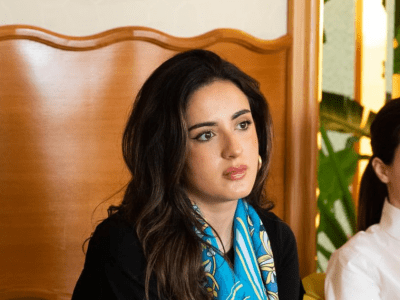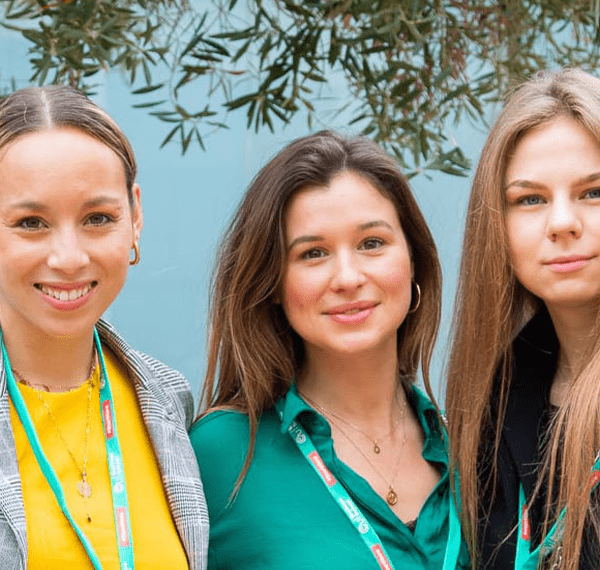We live in an increasingly interconnected world. Nowhere is this more apparent than in the fashion, sports and entertainment industries, which overlap in myriad ways. And this crossover has created a number of business opportunities and trends.
We invited Roberto de Palma Barracco, founding partner and CIO of IBN Sports and Entertainment, to discuss this fascinating topic. Roberto specializes in sports and entertainment law. In his talk, Roberto explored the influence of fashion on the sports industry through the lens of entertainment.
In this post, we cover the main points from the presentation.
The Beginnings of an Interconnected Industry: Football and the World Cup
Roberto started by pointing out that many transnational industries are governed by overarching frameworks that aren’t determined by individual states.
It’s these shared regulatory infrastructures that allow seemingly separate industries to become global and enable businesses from different countries, sectors and cultures to understand, influence and work with each other.
Roberto cited the example of football, which combines elements of both fashion (sportswear) and entertainment (television and spectator events).
He pointed out that football hasn’t always been a hyperconnected industry. It’s possible to see this when you look at the way soccer was organized a hundred years ago. Then it existed mostly as a way of bringing hobbyists together and wasn’t associated with large numbers of spectators or sponsored clothing. There was no connection to the fashion or entertainment industries.
However, things started to change in the 1930s when the World Cup became popular. This global event pushed football onto the international stage andreframed it as a spectator sport, where anyone could watch their national team compete. With widespread access to television in the seventies, viewer numbers grew even further and it became the hugely-popular spectator event that we recognize today.
These shifts created the basis of football’s relationship with fashion. With millions of viewers, major labels began to recognize the power of sponsorships. Roberto described how this trend came to a head in the early 2000s and was marked by two notable phenomena. First, the immense popularity of David Beckham, especially during the 2002 World Cup, who had become a sports icon with strong ties to both entertainment and fashion. Second, the formation of the 2005 Real Madrid galácticos (or ‘superstars’) team, which represented a confluence of entertainment, fashion and sports talent that would be replicated by many clubs in the future.
Roberto elaborated further on the example of football by showing how it epitomizes the shared regulations of a global industry. FIFA, one of football’s main governing bodies, enforces specific rules about broadcasting, fashion sponsorship, player conduct and so on. These regulations are association-based rather than state-based.
Another interesting point that Roberto mentioned is that many large consumer brands, like Vans, Umbro, Fila and others, started out catering specifically to the sports market. But overlap with the fashion sector allowed them to grow into well-recognized mainstream companies.
Lifestyle Brands: Fashion, Sports and Entertainment
Roberto described how this collective of industries can be understood as a broader lifestyle super-industry. Lifestyle businesses cater to individuals by providing opportunities for them to strengthen their identity through affiliation with particular groups, dietary, health and fitness choices, clothing and so on.
And in the context of sports, overlapping brands, whether in fashion, entertainment or fitness, often seek to appeal to customers by embodying their valuesand interests.
One striking example of this is the way that sports superstars, like Lance Armstrong, Usain Bolt and Pierre-Emerick Aubameyang, have crossed over into other industries to promote products associated with a particular story, identity and lifestyle.
Roberto went on to emphasize a vital point: the most powerful brands in the lifestyle space are those that are associated with an individual. In the case of sports, these individuals are athletes. A strong brand ambassador brings a story and a personality that appeals to many segments of a market.
Nike’s sponsorship of Neymar da Silva Santos Júnior (usually known as just “Neymar”), for example, draws on many elements of his backstory. Nike ads often talk about how he overcame obstacles to fulfil his childhood dreams to become a footballer. And it’s easy to see how this narrative fits with many people’s values and ambitions.
Seizing Opportunity in Your Own Business
Roberto rounded off his talk by pointing out that even small business can benefit from opportunities at the intersection of sports, fashion and entertainment. By aligning your business with relevant athletes and influencers, you can create a value proposition that speaks directly to your customers’ needs and preferences.
You’re essentially saying to them: “It’s through our brand that you can become the best version of yourself.” And you don’t need to be a world-leading fashion house or fitness label to form partnerships. Lesser-known sports-people and influencers can also be valuable assets to smaller companies, providing significant publicity, positioning opportunities and return on investment.
Interested in the Business of Sports and Fashion?
Does a career in fashion and sports excite you? EU Business School offers a number of tailored courses that provide the skills, knowledge and hands-on experience you need to thrive in these industries. You’ll also get the chance to learn from and connect with some of the leading figures in these fields.
Take a look at our Bachelor of Arts in Sports Management, our Master in Fashion & Luxury Business and our MBA in Sports Management.


